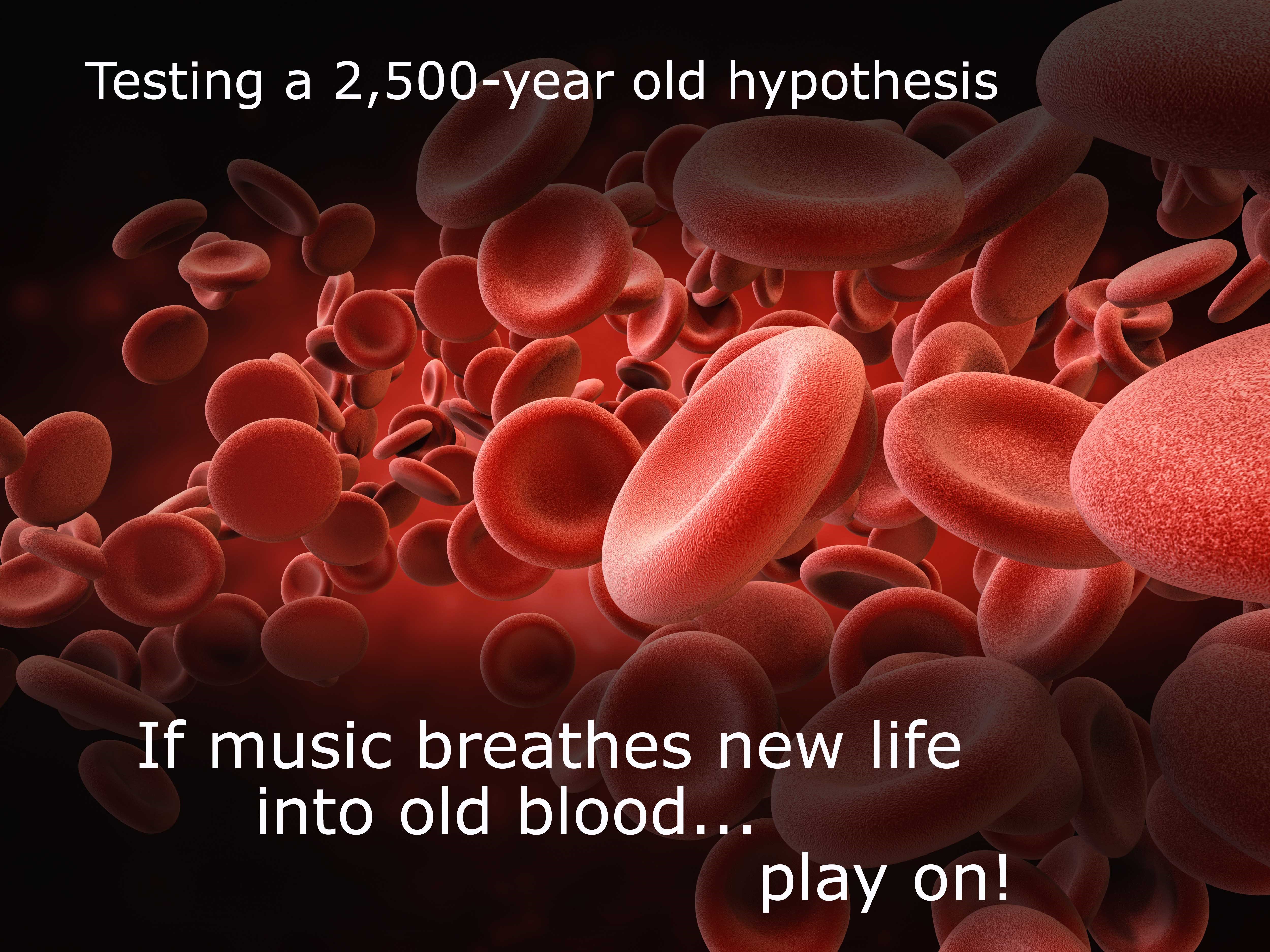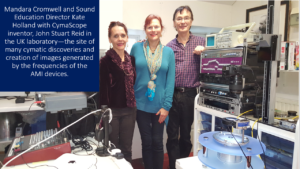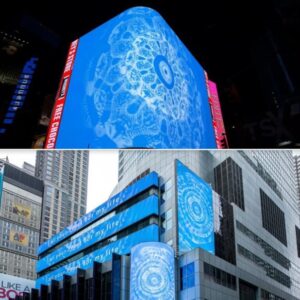Fantastic Follow-Up Experiment
 In June of 2019 we shared with our readers the result of the initial phase of research conducted by John Stuart Reid and Professor Sungchul Ji on the effect of various sound samples on human red blood cells. (see article below) The preliminary findings were certainly exciting—but wait till you read what happened next…
In June of 2019 we shared with our readers the result of the initial phase of research conducted by John Stuart Reid and Professor Sungchul Ji on the effect of various sound samples on human red blood cells. (see article below) The preliminary findings were certainly exciting—but wait till you read what happened next…
The follow-up to the initial phase of research conducted by John Stuart Reid and consultant, Professor Sungchul Ji revealed an astounding result!
Experiment Overview:
The experiment consisted of immersing human red blood (type O+) cell samples in specific sounds for twenty minutes. Immediately following the 20-minute test period, the blood from each vial was diluted in a ratio of 200:1 with a buffer solution of pH 7.41, followed by pipettor mixing with Trypan blue stain, and a cell counting via an automatic cell counter.
Experiment Method:
The whole blood was stored in vials in laboratory refrigeration at 4 degrees C. Each vial was brought to ambient temperature.
One vial of the same blood sample was placed in the laboratory music incubator while the other was placed in the very quiet environment of the Faraday Cage. The findings from the tone generated by the AMI—Acoustic Meridian Intelligence device by Cyma Technologies were the most remarkable!
The blood sample from a healthy female which had been exposed to the proprietary sound prescription labeled “cell regeneration” for just twenty minutes showed an astounding 3,400,000 red blood cells per mL. The other vial which had been immersed in the quiet of the Faraday Cage with no external stimulus showed only 920,000 red blood cells.
The hypothesis is that the cell membrane can regain its integrity as a result of immersion in certain frequencies. While many of the other musical selections (piano, guitar, gong, chanting, singing, etc) in the experiment generated an increase in the number of cells in a specific sample, no other “sound selections” had the same overwhelmingly positive response. The “cell regeneration” frequency proved to net the greatest number of viable red blood cells in a simple twenty-minute application.
Admittedly, the investigation on the topic of the positive effects of sound on human blood cells is in its early stages. But, the results of this introductory research provided enough exciting evidence to suggest that some form of sound could potentially be used in a healing process for the body.
When asked what aspect of the research would be looked at next, Reid explained that one of the next steps would be to do the same experiments in vivo–meaning testing the blood in the body of a healthy human being with the same immersion in sound applications. Since the publication of his findings, he reports that several other potential research partners have expressed an interest in the continued exploration of this fascinating topic and realm of possibilities.
We are all subjected to many sounds each day in our environment. It could be very important to know the effects of these sounds on our cells to help us understand the potential causes of disease and also the prevention of it. Finding out if specific therapeutic sounds could be utilized in creating cell regeneration could prove to be invaluable in many areas of medicine.
In the meantime, if you are an owner of an AMI 750, you will be delighted to know that “cell regeneration” is a component of every great “sound recipe” in the ten channels of this Cyma Technologies device. It is exciting to know that we are on the cutting edge of developments in the therapeutic sound arena!
See the experiment details at: https://experiment.com/u/8qj2Mw




 In a seamless blend of art and science the poetry was made visible by imprinting the spoken words onto pure water in the CymaScope instrument, resulting in a visually dramatic and beautiful message that reflects how each one of us, individually and collectively as a society, are deeply indebted for the sacrifices being made by those on the frontlines, as well as recognition of those enduring painful loss at this time. As one of the world’s busiest pedestrian areas, Times Square epitomizes the city that never sleeps, and the cymatic poetry displays a beacon of love, by day and by night, at this unique moment in history.
In a seamless blend of art and science the poetry was made visible by imprinting the spoken words onto pure water in the CymaScope instrument, resulting in a visually dramatic and beautiful message that reflects how each one of us, individually and collectively as a society, are deeply indebted for the sacrifices being made by those on the frontlines, as well as recognition of those enduring painful loss at this time. As one of the world’s busiest pedestrian areas, Times Square epitomizes the city that never sleeps, and the cymatic poetry displays a beacon of love, by day and by night, at this unique moment in history.